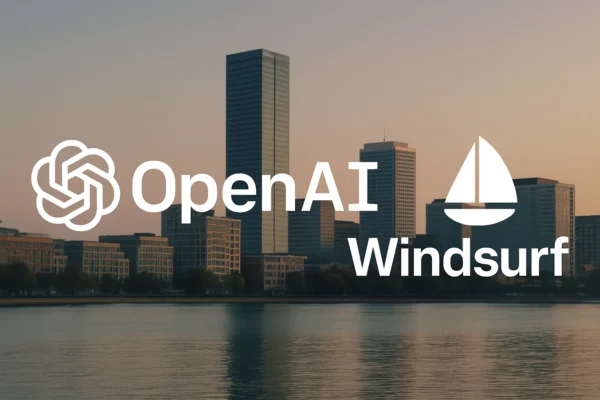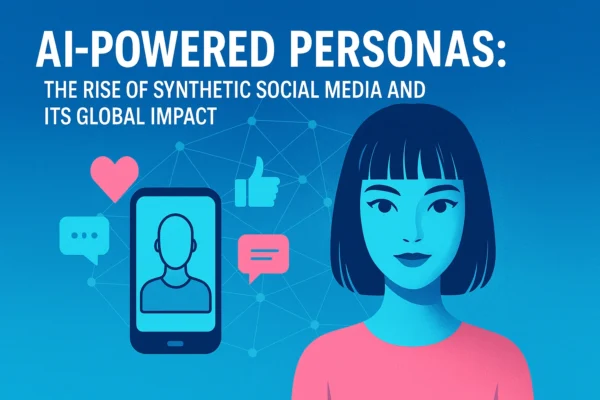
Discover Text2Robot, an AI platform from Duke University that designs robots from text descriptions. Explore its features, applications, and impact on robotics in 2025.
Text2Robot: A New Era for Robot Design:
How Text2Robot Works:
- Text Input: Users submit descriptions like “a quadruped robot for warehouse tasks” or “a small bot to track energy usage,” prompting the system to generate a design.
- 3D Modeling: A generative AI framework builds a manufacturable robot structure, incorporating joints, actuators, and electronics.
- Rapid Prototyping: A simulated model is ready within an hour; a 3D-printed, assembled robot can be operational in under 24 hours.
- Optimization: Evolutionary algorithms and reinforcement learning enhance the robot’s form, movement, and efficiency.
Key Features of Text2Robot:
Text2Robot stands out for its practicality and versatility:
- Intuitive Interface: No technical expertise is needed, enabling broad accessibility.
- Speed and Efficiency: Designs move from concept to prototype in record time, reducing development costs.
- Tailored Solutions: Robots can be customized for specific tasks, from exploration to automation.
- Future-Ready Design: While focused on quadrupedal robots, the platform is built to evolve, promising broader capabilities.
These features position Text2Robot as a catalyst for innovation in a tech-driven landscape.
Applications Across Sectors:
Text2Robot’s flexibility makes it a game-changer, addressing needs like, “What can AI-designed robots achieve?”:
- Research and Education: It enables rapid prototyping for labs and classrooms, fostering experimentation and discovery.
- Industrial Automation: Custom robots can optimize tasks like inventory tracking or facility maintenance, enhancing operational efficiency.
- Emergency Response: Tailored robots can navigate challenging environments, supporting disaster relief efforts with speed and precision.
Such applications demonstrate how AI robotics can solve real-world problems with agility.
Achievements and Future Potential:
Text2Robot has garnered significant recognition:
- It secured first place in the innovation category at the 2024 Virtual Creatures Competition in Copenhagen.
- It will be featured at the IEEE International Conference on Robotics and Automation (ICRA) in Atlanta, in May 2025.
Looking ahead, developers aim to expand beyond quadrupeds to more complex forms and automate assembly processes. This trajectory suggests a future where robotics integrates seamlessly into everyday systems, reshaping industries.
Opportunities and Challenges:
While Text2Robot is groundbreaking, it faces limitations. Its current focus on quadrupedal designs restricts versatility, and reliance on 3D printing may pose accessibility issues in some contexts. Broader concerns, such as automation’s impact on jobs or ethical uses of AI, require careful consideration. Nonetheless, its ability to empower creators and streamline design outweighs these challenges, provided development continues responsibly.
The Impact of Text2Robot:
Text2Robot represents a leap forward in AI-driven innovation, making robotics intuitive, efficient, and inclusive. By enabling anyone with a vision to create functional robots, it paves the way for new solutions and opportunities. As the platform evolves, it promises to redefine how technology shapes our world. Follow updates from Duke’s General Robotics Lab to see where this journey leads.






